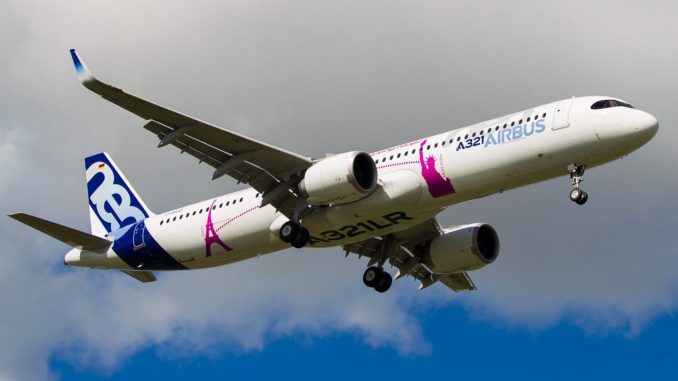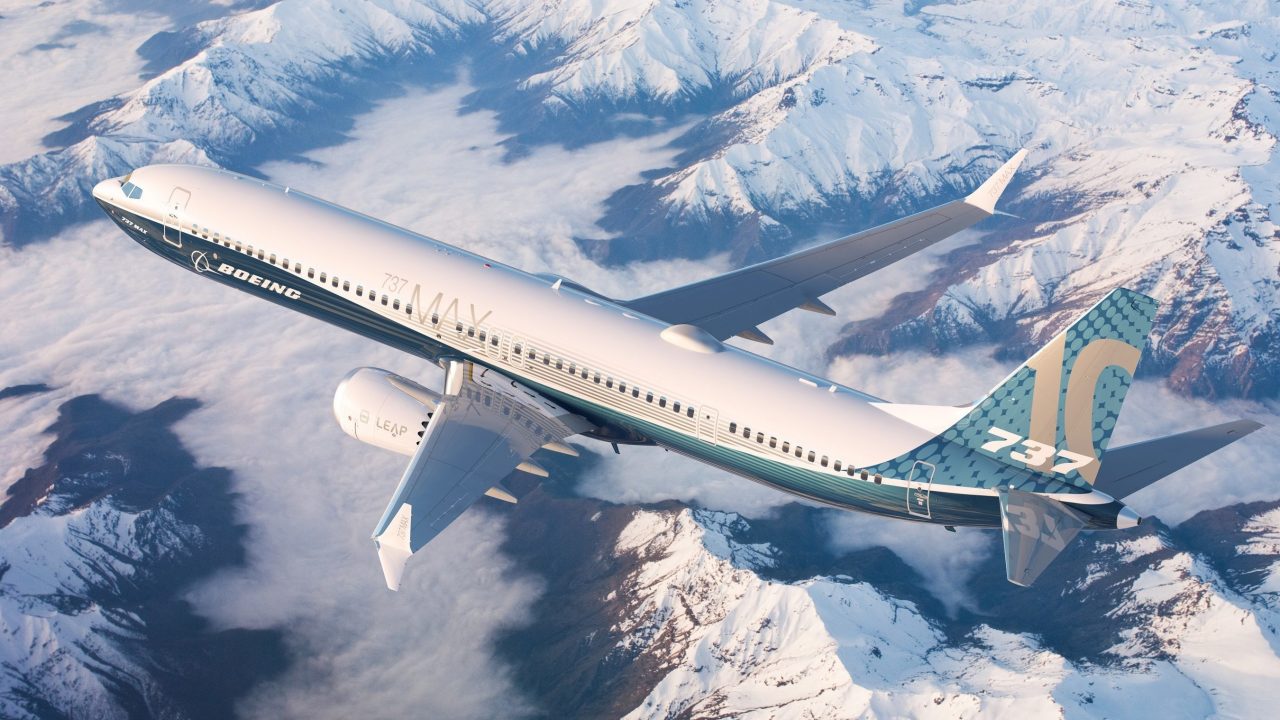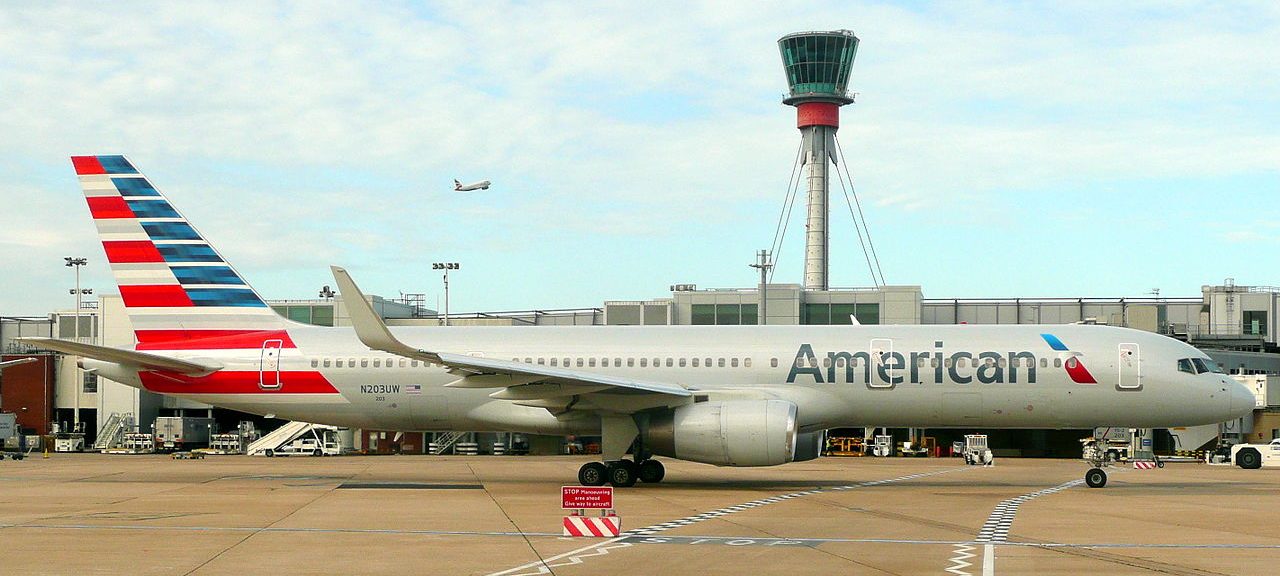
There has been much discussion on the Middle-of-Market (MoM) segment over the last couple of years, a discussion which began in the early 1980s, with the introduction of the Boeing 757, and it continues to get louder and louder.
What is the Middle-of-Market
The 757 itself was a replacement aircraft for the venerable Boeing 727; a small-to-mid sized jetliner, capable of travelling medium ranges from short runways at hot and high airports. The high performance of the 757, however, turned out to exceed everyone’s expectations, and was capable of longer ranges, thus creating a market where point-to-point travel on long and thin routes was achievable – particularly across the Atlantic.
We all think of large, wide-body aircraft when we think about travelling from Europe to the United States for example, but there are routes which don’t have sufficient demand for a large aircraft, yet still benefit from direct flights over the hub and spoke connecting flight model. Routes such as Berlin to Boston, New York to Hamburg or even Budapest or Prague. There’s also the coast-to-coast routes within the United States. Passenger demand is for more frequent, multiple flights per day, offering flexibility.
In a nutshell, the middle-of-market segment is the gap between medium haul, single aisle airliners such as the Boeing 737 or Airbus A320 families, yet smaller than the smallest wide-body, Boeing 787-8 Dreamliner, which replaced the Boeing 767 that formerly occupied this spot. Since the 757 production ceased in 2004, there has been no viable alternative, and as those 757s age, airlines are getting hungry for something to fill that gap.
Airbus takes position
In 2014, Airbus announced its first stab at the segment, the A321LR. An increased range variant of the hugely popular A321neo, it would be capable of flying 4,000nm / 7,400km, with very minor modifications to the existing A321neo. This would keep the program costs down, allowing for a very rapid entry-to-service in late 2018. In response to the popularity of the A321neo, (which at the time was already outselling the 737 MAX 9 by five-to-one) Boeing announced the 737 MAX 10 in 2017, a further stretch of the Boeing 737 MAX 9.
Capable of matching the A321neo’s 200-220 passenger configuration, the MAX 10 has a range of 3,300nm / 6,100km, which only allows it to compete with the baseline A321neo, and not the A321LR. Boeing would have to think bigger to compete – the 737 MAX 10 is an aircraft on the absolute maximum of its original design limits.

Boeing’s NMA
In 2018, Boeing finally confirmed that the aircraft manufacturer is (or was) researching the MoM segment, and has a team assessing the needs of a NMA – “New Midsize Aircraft”. Dubbed by everyone other than Boeing as the ‘797’, (we’d all ultimately come round to calling it the NMA) it would be the company’s first all-new design since the 787 Dreamliner. It would undoubtedly utilise technologies from the 787, in a smaller reduced range airframe.
It is rumoured to be a small twin-aisle jet, rather than the single aisle design of the 757. We’re thinking somewhere between the 757 and 767, where a seven or eight abreast economy configuration could be offered, with seating capacity somewhere around the 220-280 range. With an operational range of up to 5,000nm / 9,200km, it would plug the gap between the 737 MAX 10/A321neo and 787/A330(neo).
Chaos ensues
On March 9th, 2019, anyone who had an opinion on the matter would have probably bet on an official announcement by Boeing on the NMA at the 2019 Paris Air Show, after the aircraft manufacturer didn’t announce it at Farnborough Airshow 2018. When Ethiopian Airlines flight ET302 crashed on March 10, Boeing’s world turned upside down. The second fatal disaster involving a brand new Boeing 737 MAX called for the international grounding of the type, as Boeing’s program management and the certification process of the MAX would come under heavy fire. Meanwhile rumours of Airbus making further strides into the MoM continue to simmer, as the industry anticipates the launch of a further increased range A321.
In the weeks leading up to the Paris Air Show, things went from bad to worse for Boeing. The Chicago based aerospace giant had to issue a warning to operators of its 787 Dreamliner that there was a fault with a “small number” of engine fire extinguisher switches in the cockpits of their state-of-the-art airliner. Essentially, high temperatures could cause the switches to ‘stick’ in the locked position, preventing them from operating should the crew need to do so in the event of an engine fire.
Just when Boeing thought things couldn’t get any worse, it had to delay the first flight of its 777X, after issues were found with the new General Electric GE9x engines. The 777X is due to become the largest twin-engine aircraft ever built, and designed to replace increasingly unpopular and inefficient four-engined aircraft such as the 747 and Airbus A380. A successful first flight would have been a PR win for Boeing, at a time where it needs it most.
Paris Air Show 2019
First thing on day one of the 53rd Paris Air Show, right on cue, Airbus announced the A321XLR. With an increased Maximum Take-Off Weight, tougher landing gear, and improvements to the flaps, the new aircraft has a range of up to 4,700nm / 8,700km; right in the sweet spot for the MoM. With a maximum capacity of 240 passengers in high-density configuration, the XLR can carry more passengers, farther than the Boeing 757-200 with an increased fuel efficiency of ~30%.
Throughout the show, airlines were snapping them up like hot-cakes, including 50 for American Airlines (an airline which relies heavily on a fleet of 34 ageing 757-200s that are due for replacement). More than 240 commitments were made for the A321XLR in the four trade days of the Paris Air Show.
Unsurprisingly, with all of its ongoing issues, there was not a murmur from Boeing regarding its NMA.

What’s left to play for
The A321XLR will be ready for service by 2023, way before Boeing could introduce an all new aircraft type. In order to make any strides in this segment, Boeing will likely have to look much farther into the future. Airbus has addressed the need for now, but if Boeing was to introduce an NMA by, say 2030, and outperforms the A321XLR with it, it could win back some market share.
Airlines are increasingly looking at keeping their fleet young, as each new variant offers reduced operating costs and efficiencies. Come 2030, the earliest A321neos and LR’s will have lost their shine, and there will be new demand in the segment.
However, there may still be room in the now for an NMA. The XLR doesn’t address all airline’s requirements for growth, as International Flight Network found out when we asked Bill Franke, chairman of Indigo Partners, when it announced an order for 50 A321XLRs. Its Mexican partner airline, Volaris, was not part of the 50 aircraft order, and Mr. Franke went to explain that due to the hot and high conditions of Mexico City airport, the XLR fails to provide any significant improvements [in these conditions] over the standard A321neo, of which it has an order for five.
The rumour mill is still continuing to grind away with speculation of yet another A321 based MoM solution, which would likely include an all new wing and stretched fuselage (the A321 has retained the same fuselage since its 1993 introduction).
The final perspective to take on the long/thin routes, is passenger comfort. Much has been spoken about spending long-haul durations on board single-aisle aircraft when it comes to comfort. Ultimately, this boils down to marketing. If there’s a choice between spending eight hours on board a six-abreast A321XLR in an 18″ wide seat, compared to spending the same amount of time on a ten-abreast triple-seven with a 17″ wide seat, I struggle to buy the argument. If Boeing can get the right spin on this with an NMA, then there may still be much left to play for.
Matt is a Berlin-based writer and reporter for International Flight Network. Originally from London, he has been involved in aviation from a very young age and has a particular focus on aircraft safety, accidents and technical details.



